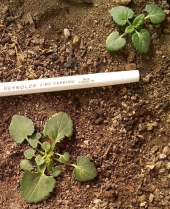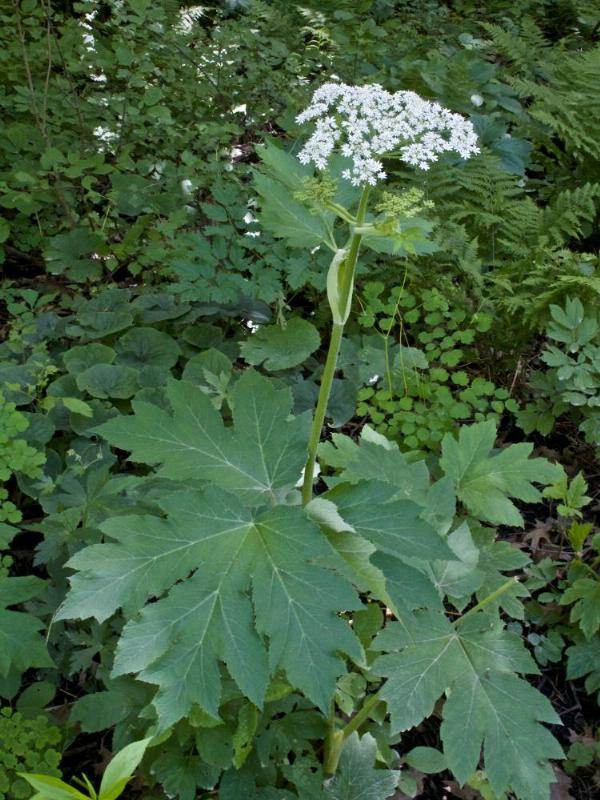I work in forest restoration and am about to begin studying to become a certified pesticide applicator in the state of oregon. that said, using herbicides was and still is something I question heavily and constantly. I do have a lot of experience applying them and I really wanted to share some things that might help you. if it's possible, i would try to contact either the previous landowner or your neighbors to see what herbicides, pesticides and surfactants (surfactants are usually modified vegetable oils with lots of weird ingredients that are designed to help the herbicide adhere to leaves) have been applied within the past 5-10 years. there can be conflicting research on the mobility of certain herbicides through soil and water, but glyphosate (the active ingredient in round-up and perhaps the most commonly used herbicide in the world) in particular is registered by the EPA to be "water-safe" (that doesn't mean I would go drinking out of that water shortly after it's been applied) but it is supposed to mean the chemical bonds very quickly to soil and water particles, rendering it inert and thereby harmless to plants and animals if it doesn't make it onto its target. it's also supposed to have a short half life, though some reports have stated that it can persist in the soil for up to a year (whether or not it's active at that point I'm not sure, I would check with the state fact list or check out the MSDS [material data safety sheet] which has the EPA registered label for any chemical in use. it provides all the important information on how it should be applied, whether its water safe, how "dangerous" it is, and what types of plants it harms, [selective or non-selective like only broadleaves or grasses or legumes, there's a lot of good info in the MSDS.) I recommend this research not to advocate for the use of pesticides, but I think it's important for people to know how they work so that we can make intelligent decisions about their use and like in your case, save time, effort, and worry over what to plant and the safety of your family. if milestone has been used on the land in the past 5 years, I'd be hesitant, as I believe its national law that farmers cant sell their crops on that land for 5 years after applying it because it persists so heavily in the soil, and i think its often used for cattle crops AND it is very effective against legumes. so effective that they probably wont grow at all in that soil until its inert. if something like glyphosate was used on the land, you'll probably be fine planting in it. in my line of work, we can apply glyphosate and triclopyr and almost immediately thereafter plant native plants that will thrive and rehabilitate a damaged ecosystem. whether or not food crops would be wise to plant there im unsure of, but its worth researching. like i said, i'm no expert, i'm just trying to stay informed and knowledgeable so i hope this info helps you make your decision and maybe eases your mind!




